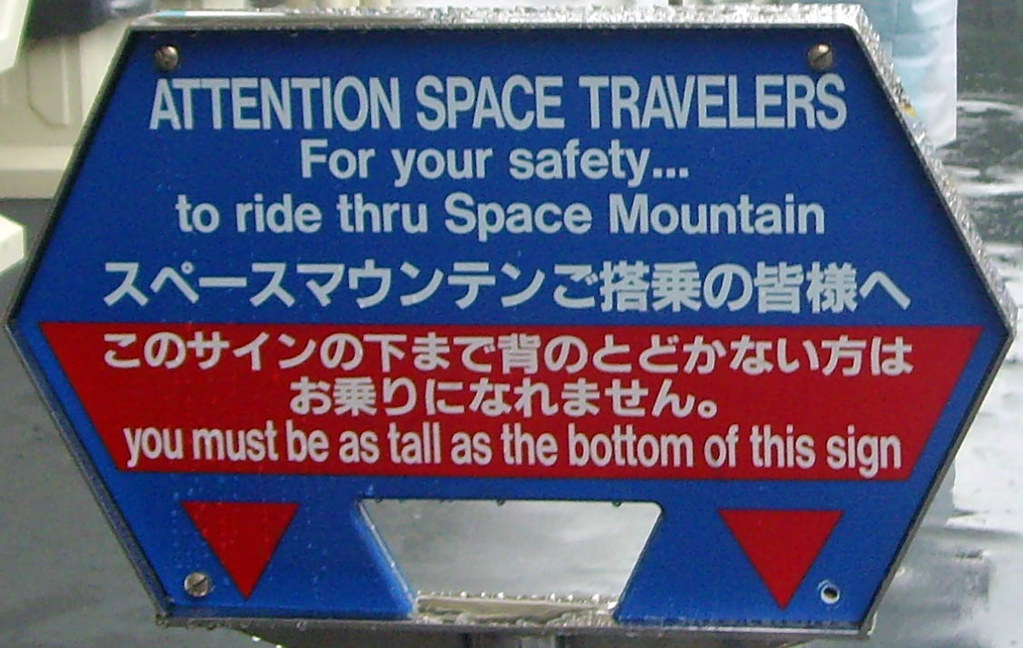Disney’s COPPA Deal Isn’t About $10M. It’s About Who Controls the Defaults.
When a trusted kids’ brand runs on someone else’s settings, the platform’s incentives become the law of the land.
TL;DR: The real story isn’t Disney’s fine; it’s that defaults decide outcomes. Mislabeling kids’ videos on YouTube isn’t a one-off error—it’s a governance failure that pushes the ecosystem toward platform-level age assurance.
What happened:
On September 2, 2025, Disney agreed to a $10M COPPA settlement tied to YouTube uploads that weren’t properly labeled “Made for Kids.” Beyond the fine, Disney must run an ongoing video-by-video audience review program for YouTube—unless the platform ships reliable age-assurance that makes manual labeling unnecessary.
Why “Made for Kids” labeling matters (30-second primer)
-
COPPA basics: U.S. rules limit collecting/using data from children under 13.
-
What the label flips: Turn MFK on and the platform disables personalized ads, shuts off comments/notifications, and narrows tracking.
-
The stakes: The label determines the rails a video runs on. Get it wrong, and the ad stack, comments, autoplay, and data handling behave as if the viewer were an adult.
Governance by default
YouTube lets publishers set audience at the channel or video level. If a large catalog defaults the channel to Not Made for Kids, kid-directed uploads can inherit the wrong status—enabling personalized ads, open comments, and autoplay into non-kids videos. One setup choice at the edge cascades into violations at runtime. That’s governance by default.
Reputation at the edge doesn’t beat opacity at the core.
Trusted brand, opaque stack
This is the white-hat-in-a-black-box problem: blue-chip IP enters a closed, engagement-optimized system whose defaults and ad logic sit upstream of brand intention. The brand carries the reputational/legal risk for behavior it doesn’t fully control. That opacity doesn’t just hide accountability—it turns a child’s trust into a targeting signal.
The parasocial engine (aka the “business of fake friends”)
Kids don’t merely watch content; they bond with characters and worlds. That trust is the highest-value signal in media. Once trust becomes a targeting signal, here’s how intimacy turns into revenue the parent never consented to:
-
Trust → A child seeks out Frozen/Toy Story/Mickey—high click-through, high completion.
-
Datafication → The system logs/clusters that behavior alongside adjacent viewing.
-
Monetization → If the session is treated as adult, it serves personalized ads and routes via autoplay into non-kids surfaces with richer engagement/CPMs.
-
Reinforcement → Recommendations optimize for session time, not child context—tightening the loop.
That’s parasocial intimacy turned into a business model at scale.
The quiet pivot: from manual labels to age assurance
The settlement points to what comes next: shift the burden from millions of uploaders to platform-level identity signals.
What age assurance can include (in practice):
-
Account signals: declared age, family profiles, household settings.
-
Device/behavioral: login state, watch-history patterns, co-viewing hints.
-
Payment/ID anchors: card on file, phone/SMS, third-party attestations.
-
Higher-friction options (opt-in/regulated): face/voice age estimation or document checks for sensitive features.
Why platforms will move there:
-
Risk offload: Fewer labeling failures, less regulator heat.
-
Revenue salvage: Preserve personalization for verified adults while cleanly excluding under-13 viewing.
-
Global consistency: One identity layer to satisfy multiple kids-safety regimes.
-
Product coherence: A single age signal can govern ads, comments, autoplay, and recommendations.
Trade-offs: false positives/negatives, privacy creep, onboarding friction, and yet more power concentrated in the platform’s identity layer.
Manual labels vs. age assurance (what changes)
| Dimension | Manual per-video labels | Platform age assurance |
|---|---|---|
| Who decides | Uploader (every asset) | Platform identity layer |
| Failure mode | Mislabels, channel-level shortcuts | Misclassification of users/contexts |
| Compliance risk | Distributed across publishers | Centralized to platform governance |
| Revenue impact | Easy to leak personalization on kids videos | Cleaner adult personalization; kids traffic ring-fenced |
| Operational burden | High on catalogs/workflows | High on platform infra; lower on publishers |
What to watch next
-
Product moves: If age assurance ships platform-wide, rules key off identity signals, not uploader declarations—reshaping CPMs, comments, and recommendation flows for everyone.
-
More enforcement: Large catalog owners with sloppy defaults are now plainly in scope (toys, kids TV, kid-adjacent music and gaming).
-
Workflow hardening: Studios will standardize per-video labeling, disable personalization by default on anything plausibly child-directed, and map autoplay paths that jump from kids → non-kids.
If you run a media catalog (steal this checklist)
-
Kill the channel-level crutch. Treat every upload as a COPPA decision.
-
Capture evidence. Log the audience call and the “why” in your CMS (themes, characters, exemplars).
-
Ad-stack guardrails. Ensure no personalized ads can serve on MFK surfaces—yours or the platform’s.
-
Autoplay & comments map. Validate that kids-labeled videos don’t route into NMFK via autoplay; keep comments off on kids content.
-
Plan for age assurance. Model how identity signals will change recommendations, ads, and policy exposure across your library.
Bottom line
This isn’t about $10M. It’s about who sets the defaults and where platform governance goes next. Until infrastructure—not intentions—aligns with kids’ privacy, even the “white hats” will keep losing inside black boxes.
